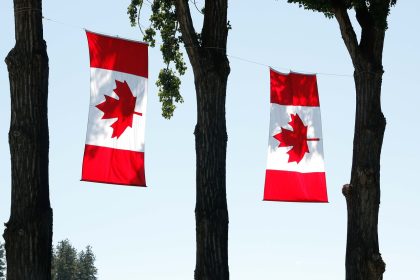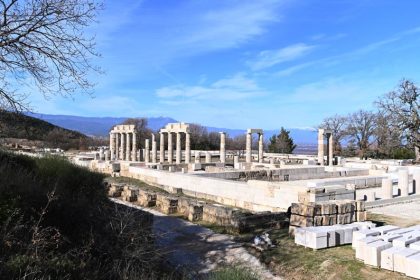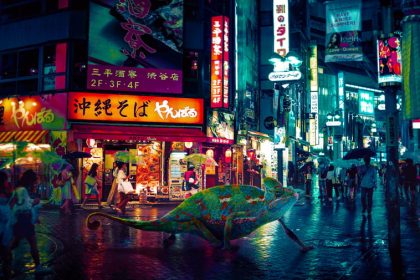Music has a long -standing link with Brazilian culture. It is the founder of various music styles, the most famous of which is known as “Samba” alongside football and coffee as a symbol of Brazil. In this country, Samba is not just a style of music but also the narrator of history, culture and even people who scream their emotions with every blow. It doesn’t matter where you are in Brazil, whether on the coast of Rio or on the back alley of Sao Paulo, this symbolic music can be heard. Here’s a look at the magic roots and instruments of Samba music.
What is Samba Music?
Samba is a popular music that is rooted in Brazilian African traditions. Samba’s music has been distinguished from other styles of music due to its specific rhythmic patterns, the emphasis on melody, relatively simple harmony, the use of percussion and Portuguese poems distinct from other music styles. While the Brazilian music scene has created many genres from Busa Nova to Koro, Samba is certainly the most well -known export music product in the country. Samba music has long been shown in the annual Brazilian carnival, practiced by groups called Samba Schools (or Escolas de Samba).
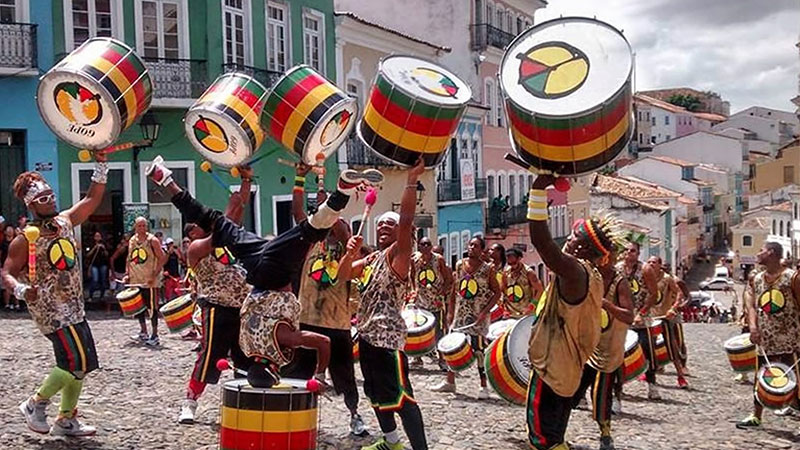
Read more: History of the Brazilian National Museum
A brief history of samba music
Here is a brief overview of Samba’s history:
Samba roots
The style of Samba goes back to the Bahaya state in Brazil in the seventeenth century. At that time, the descendants of African slaves combined their percussion techniques with local Latin American music, making the original version of Samba.
The development and evolution of samba music
It was in Rio de Janeiro that Samba was formed today. The first recorded songs of Samba are from the 1980s, which began with the Pelo Telefone song in Year 2. Subsequently, different regions of the country produced different types of samba, and poor foils (a tan on the outskirts of the big cities) became known for the creation of Samba de Moro or “Samba from the Hills”.
Read more: Acquaintance with the biggest Brazilian tree
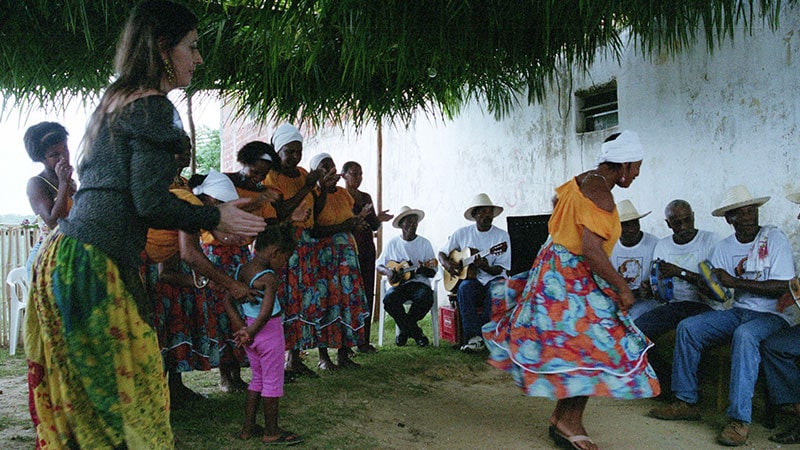
Diversity in samba
Throughout Brazil, the new Brazilian dance genres are made from Samba, including Samba-Sag, Samba-Hando, Samba-Mansao, Samba de Ruda, Samba Dance Hall, Samba-Maxix, Samba-D-Chaw and Pagod. The famous Busa Nawa also originated from Samba with the help of American jazz.
Revitalizing samba in Brazil
In the late 1980s and in the mid -1980s, Samba was innovated under the leadership of popular Brazilian artists such as Nelson Kavakinho, Giller Di Britto and Cartola. Of course, other famous musicians such as Xao Gilbert have achieved the same success in both Samba Busa Nova and Samba.
Samba music in today’s modern world
Samba is known worldwide today. Cinema spectators were introduced to this type of music through Hollywood films. Tourists experience samba through the annual Brazilian carnival parade. The style has also found its way to other music traditions, from Salsa Cuban genres to Polish to Jazz.
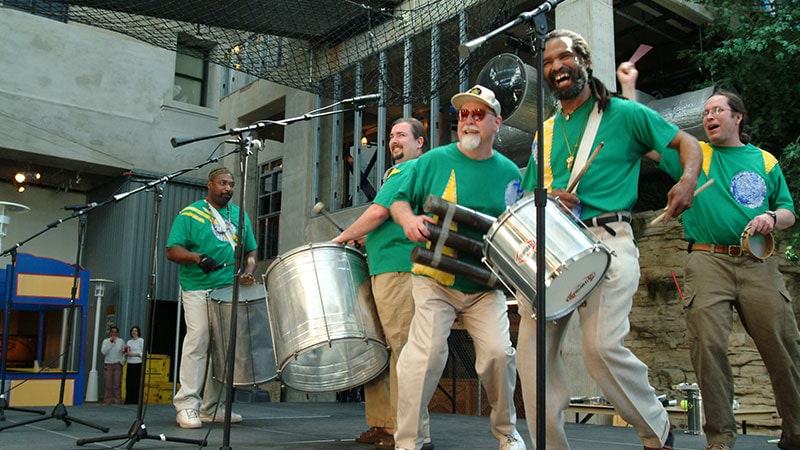
Read more: Discovery of less well -known Brazilian cities: From Parat to Gramado
Samba -style music feature
From the rural origin of the Baha’i to the modern form of today! Samba music can be defined with a few main features. These include:
- Heavy percussion group: Samba Batterias groups are called a term derived from the Portuguese word for the kit.
- Fixed and Hypnosis Rhythms: Most samba rhythms have repetitive rhythmic motifs. In the meantime, the batocada rhythm has become very popular because of its high energy and active energy.
- Duplicate Chords: Most Samba styles use relatively simple harmony and chord progress and have much more emphasis on melody and rhythm.
- Q&A: Most Samba songs have the rows of singing solo trading with a group of background singers that consist of the samba school dancers. This technique goes back to the first forms of Samba, but the modern world has maintained its popularity.
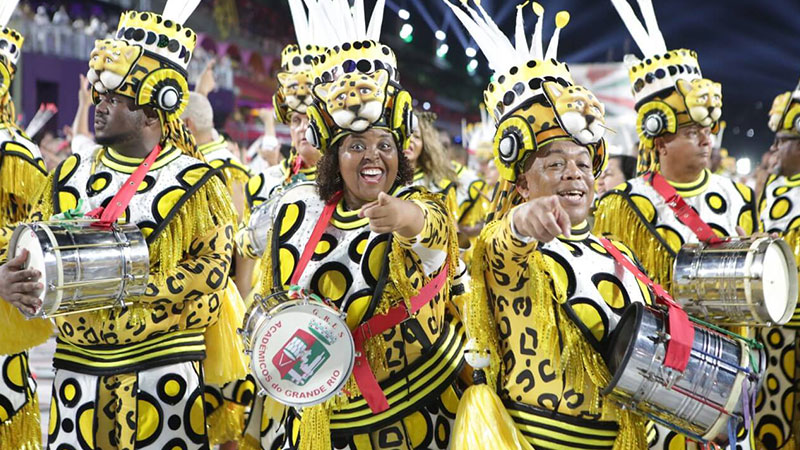
Introduction to the instrument. Brazilian sam
Samba music is performed based on the interaction between several stringed instruments (usually guitar and bass, along with a four -wire Portuguese instrument called Kavkino) and a large percussion band. Samba musicians play a wide range of instruments, including:
- Drum of livestock
- Bass drums
- Wooden block
- Cuícas (a kind of frictional drama)
- Pandiro (a kind of handheld frame drum)
- SURDO (a kind of bass drum)
- Tamborim de Brasil (Brazilian Frame Drama)
- Agogô (a pair of conical alarm)
- Chocalho (a kind of steak shaky)
- Gunza (a cylindrical rook)
With the onset of the 20th century and the internationalization of Samba, some groups began to combine brass instruments such as trumpets and trombons as well as wooden wind instruments such as clarinet and flute. This matched Samba with many Latin American music styles, especially different types of Salsa in Cuba and Caribbean.
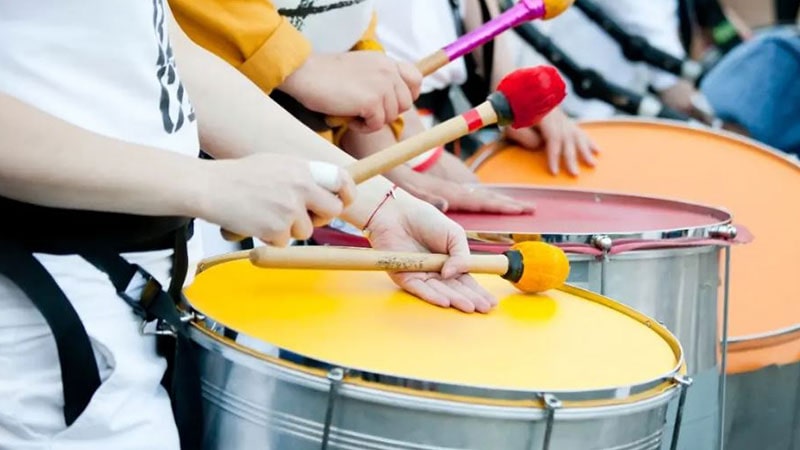
Read more: Introducing the most attractive local Brazilian markets
What is the sound of Samba music?
Samba’s music has no regulatory structure and follows a series of major rapinist players. The signals are often played with a sword called Apito. All players learn their parts audiovisual and usually help to remember the rhythms. These rhythms are overlapped and create a multi -rhythmic texture. There is a main part of the repeated rhythmic patterns (stinato) that are overlapped and repeated along the reign of a piece. Music may include individual sections, contact and response sections, and sections that are coordinated.
Brass songs or instruments are often added to the top of percussion to provide melodies, although samba music is heavily influenced by percussion rhythms.
Since Sama’s music was initially played for large bands of people outside, and even at the best of the time when it is played by large bands of musicians, it is usually played loudly.
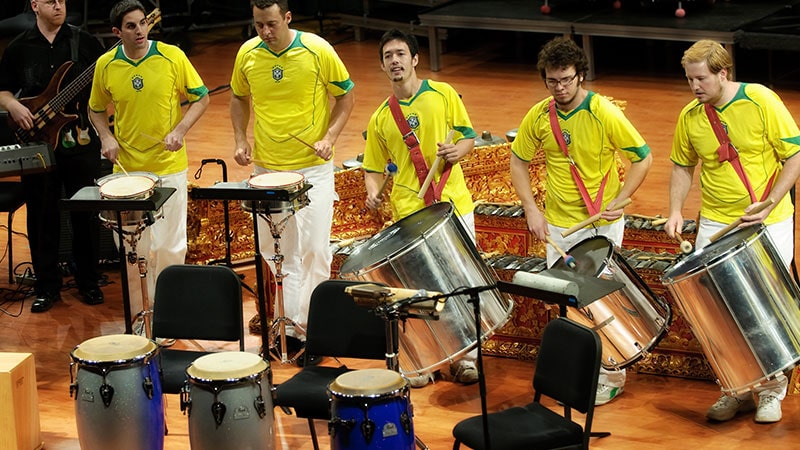
Samba’s impact on Brazilian culture
One of the factors that made Samba music so famous is its strong relationship with Carnival of Rio de Janeiro Is. Carnival held every year from year 2 and up to Six days It continues and more than two million people queue up the streets. Local communities each decorate a chariot and are accompanied by their local sampa school or Scola Daa.
These schools are samba schools, but also economic and social institutions in Brazil. Putting the carnival parade organizers means hiring dancers, dance designers, musicians, tailors, carpenters and painters for a year. A traditional Samba school has an average of 5 members. For this reason, the Samba schools are very important in their societies, making Samba a wonderful force to preserve and celebrate people’s cultural heritage, both in Brazil and beyond!
Due to technology and ease of access to different types of music, Samba has now become an international style. Most of the UK cities have their own samba groups and have gained much popularity around the world as part of the carnival.
Samba music is used in many television ads. Fast tempo and simultaneous rhythms are ideal to attract the attention of the audience and usually help sell more product. You can contact our partners in the foreign tours unit to book a Brazilian tour, see the parade of this dance and participate in Rio Carnival.
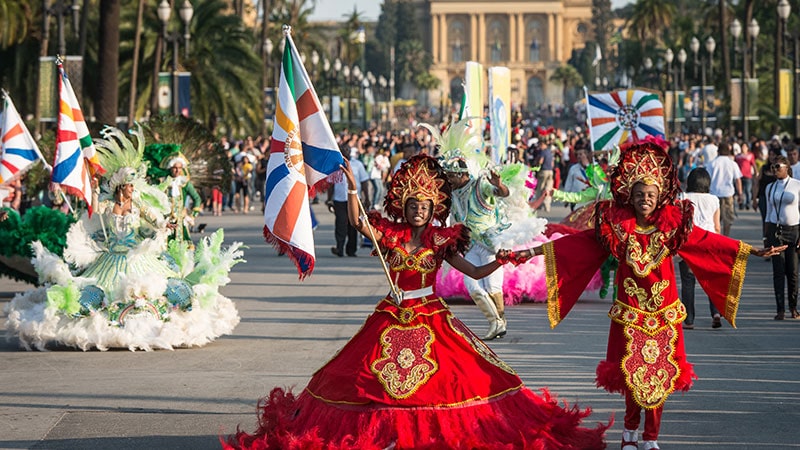
Interesting and readable facts about samba music
- Samba is the official Brazilian music recognized by UNESCO as the “intangible cultural heritage of humanity”.
- Each of Brazil’s state has its own carnival parade, which is held for a week during the national holiday. The event is so big that four cities throughout Brazil have their own Sambadrome!
- Samba music in Brazil even has its official holidays: people throughout Brazil celebrate December 5 as National Day of Samba!
- Samba became common in the UK by the leader of the Edmundo Ross music band in the 1980s.
- Cuíca is sometimes known as “monkeys” because its sound is like crying some monkeys. The name “Cuíca” is actually derived from the Portuguese name for the four -eye -gray eramas.
- Many of the famous pop songs, such as Shakira, Moss Keh Nada of Sergio Mendes, and the Blain Blazil Dance Samba Brazil were influenced by Samba music.
Read more: Rio’s spectacular attractions in Brazil
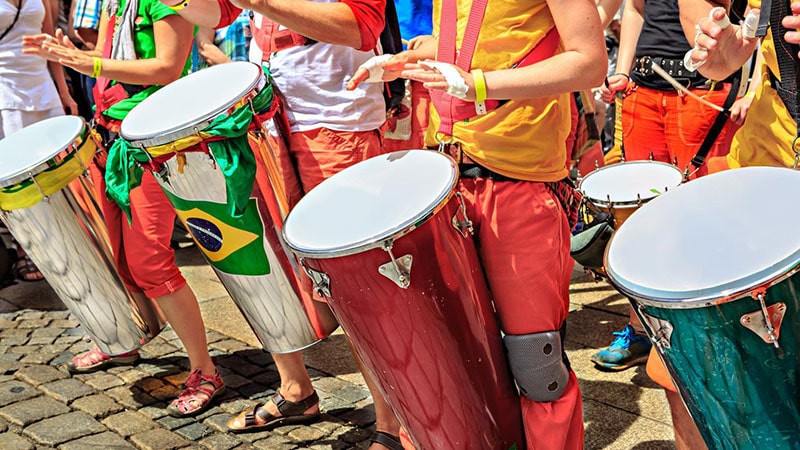
Final speech
They make up the lively and lively rhythms of Samba music. In the country of Samba, not only a lifestyle but as an important part of the polyst culture between generations and nations! This style of music has become a symbol of happiness, solidarity and cultural identity by combining African traditions and Portuguese influences.
Frequently asked questions
Where is Samba’s music rooted?
Samba is rooted in African traditions and is combined with Portuguese culture in Brazil.
What are the most important features of Samba style music?
Stir and lively rhythms, the use of percussion instruments such as Sardo, Augo and Tabarbin and happy melodies are the main features of Samba.
Is Samba just for Brazil?
Samba is rooted in Brazil, but today it is popular around the world and is known as a happy and energetic style in many countries.
Copying the contents of the Vanak Star Airlines agency is solely with the source.
RCO NEWS











